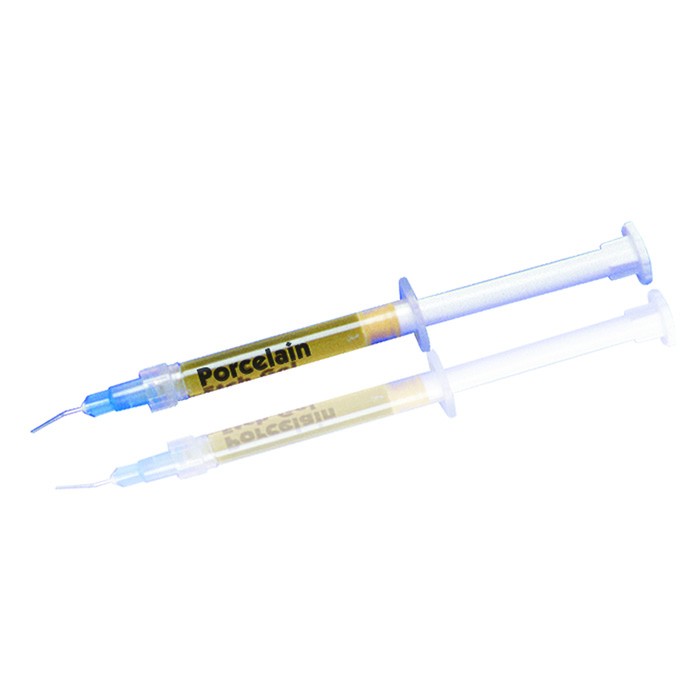
The tube is then transferred to the 65☌ bath where it is stored until required for use. This rapidly converts the gel to sol and the contents of the tube become very fluid. The tube or syringe of gel is first placed in the 100☌ bath. This consists of three compartments each containing water ( Fig. Manipulation: Reversible hydrocolloids are normally conditioned, prior to use, using a specially designed conditioning bath. Chemical cross-links are formed in irreversible materials. 18.1 Diagram illustrating the formation of an aqueous polysaccharide gel by ordering of the polymer chains. Alternatively, the impression may be dipped in a solution of accelerator.įig. The presence of potassium sulphate in the agar gel counteracts this effect of the borax, since it accelerates the setting of gypsum products (see p. Unfortunately, borax retards the setting of gypsum model and die materials and models formed in agar impressions may have surfaces of poor quality. Borax is added to give more ‘body’ to the gel, although the mechanism by which this is achieved is unclear. Small quantities of borax and potassium sulphate are normally present in the gel.
Syringe gel impression dental free#
The high molecular weight, coupled with the large concentration of free hydroxyl groups, renders the material suitable for hydrocolloid formation.

Figure 18.2 gives a very simplified indication of the type of molecular structure. Agar is a complex polysaccharide which is extracted from seaweed. The gel consists primarily of a 15% colloidal suspension of agar in water. These materials are normally supplied as a gel in a flexible, toothpaste-like tube or syringe. These materials are the irreversible hydrocolloids (alginates). These materials do not require cooling in order to encourage gel formation and once formed the gel does not readily revert to the sol form. 18.1.įor other materials, gel formation involves the production of strong intermolecular cross-links between polysaccharide chains. The principle of gel formation is given in Fig. These materials are the reversible hydrocolloids (agar). On reheating the gel, these bonds are readily destroyed and the material reverts to the sol form. Intermolecular hydrogen bonds may be formed between adjacent chains, enhancing the elasticity of the gel. Chains become aligned and are mutually attracted by Van der Waals forces. For some materials, gel formation is induced by cooling the sol. The formation of gel and development of elastic properties through alignment of polysaccharide chains may take place by one of two mechanisms. When conversion to gel is complete, and elastic properties have been developed, the impression is removed and the model cast. The products are introduced into the patient’s mouth while in the fluid, sol form. The conversion from sol to gel forms the basis of the setting of the hydrocolloid impression materials. This is relevant to dental hydrocolloids since the strength of the gel is important and depends on the concentration of polysaccharide material dispersed in the aqueous phase. The material which is initially purchased is a fairly strong gel but after dilution with water the resulting gel is much weaker. This point is best illustrated by consideration of the properties of commercial, flavoured gelatin (jelly). The greater the concentration of fibrils within the gel the stronger the jelly structure will be. Alignment of the polysaccharide chains as fibrils which enclose the fluid phase normally causes the gel to develop a consistency similar to that of jelly. In the gel form, the materials are more viscous and may develop elastic properties if the long polysaccharide chains become aligned. In the sol form, they are fluid with low viscosity and there is a random arrangement of the polysaccharide chains.

When the fluid medium of the colloid is water it is normally referred to as a hydrocolloid.ĭental hydrocolloid impression materials exist in two forms: sol or gel form. The molecules of the colloid remain dispersed by nature of the fact that they carry small electrical charges and repel one another within the dispersing medium. The colloidal suspension lies somewhere between these two extremes, no solid particles can be detected and yet the mixture does not behave as a simple solution. A colloidal suspension is characterised by the fact that it behaves neither as a solution, in which the solute is dissolved in the solvent, nor as a true suspension, in which a heterogeneous structure exists with solid particles being suspended in a liquid. Hydrocolloid impression materials used in dentistry are based on colloidal suspensions of polysaccharides in water. Chapter 18 Elastic Impression Materials: Hydrocolloids 18.1 Introduction


 0 kommentar(er)
0 kommentar(er)
